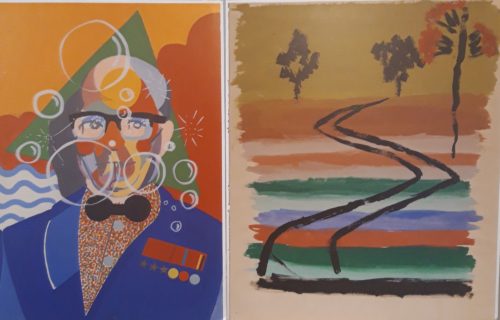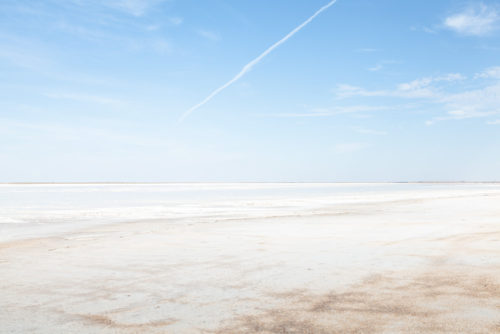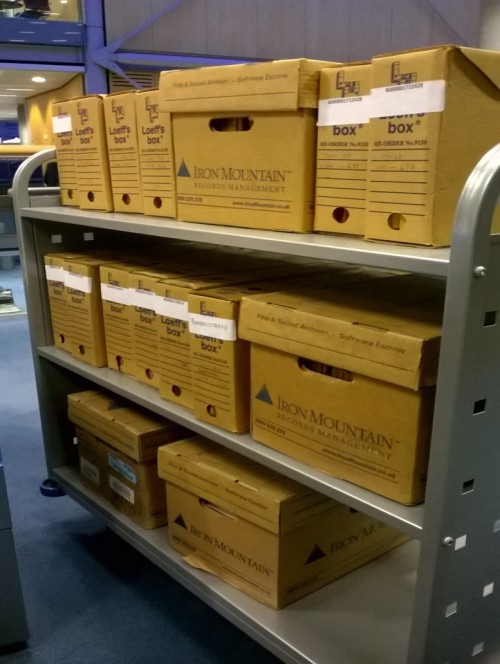
On Thursday 7th November just before 10am, a group of us gathered at St. Luke’s Community Centre in Shoreditch, ready to begin an exploratory day that would delve deep into the Tavistock Institute of Human Relations’ (TIHR) archive. As the Tavistock Institute’s CEO Dr Eliat Aram stated in her opening speech, art has a way […]

I have been thinking about salt a lot recently. Maybe a strange way to start a blog for the TIHR Archive Project but actually there are many connections between the qualities of salt and the archive.
As an artist I often have the opportunity to put together concepts that at first appear disconnected. Salt and archival practices are a reoccurring feature of Spectral Ecologies, a practice-based research project I am working on that focuses on the Mallee, a geographically and historically complex region of southern Australia. As part of the project, I visited Lake Tyrrell, a salt lake, where I spent time thinking about the relationship between salt and archives, realising that not only are salt and the archive both agents of preservation but they are equally agents of change and transformation…

Since starting this project in October, I’ve been thinking about my role as archivist for the Tavistock Institute of Human Relations (TIHR). I’ve been considering what it means to open up a previously inaccessible archive collection, and the dynamics of bringing the collection out of the storage centre and into the light. I’ve also been thinking about what we mean when we talk about archives and institutional memory, and the role that an archive plays in organisational development and as a form of socio-cultural intervention …
